7 Secrets of Cretan Spices: From the Mediterranean Sea to Your Kitchen
The island of Crete, nestled in the heart of the Mediterranean Sea, is more than just a vacation hotspot—it’s a spice lover’s paradise. Known for its rugged terrain and ancient culinary traditions, Crete boasts a unique blend of flavors that have traveled through time, trade routes, and generations. Whether you’re a seasoned chef or a curious foodie, exploring the spices of Crete is like taking a flavor journey straight into the soul of the Mediterranean.

Table of Contents
- Why Crete? A Spice Lover’s Dream Location
- Top 5 Must-Try Cretan Spices
- Spice Pairing Made Simple: Cretan Style
- How to Store and Use Cretan Spices at Home
- Buying Guide: How to Choose Authentic Cretan Spices
- From Field to Fork: The Journey of Cretan Herbs
- Final Thoughts
Why Crete? A Spice Lover’s Dream Location
Situated in the southern part of the Aegean Sea, Crete enjoys a perfect climate for herb cultivation—hot summers, mild winters, and rocky hillsides that nurture wild herbs naturally. The island’s cuisine has been shaped by centuries of influence from Minoans, Greeks, Romans, Ottomans, and Venetians, all of whom left behind their own spice legacies.
Unlike mass-produced spice blends found on supermarket shelves, Cretan spices are often hand-harvested and sun-dried, preserving their potency and aroma. Many of them grow wild in mountainous regions, where they soak up the mineral-rich soil and sea breezes that define the Mediterranean terroir.
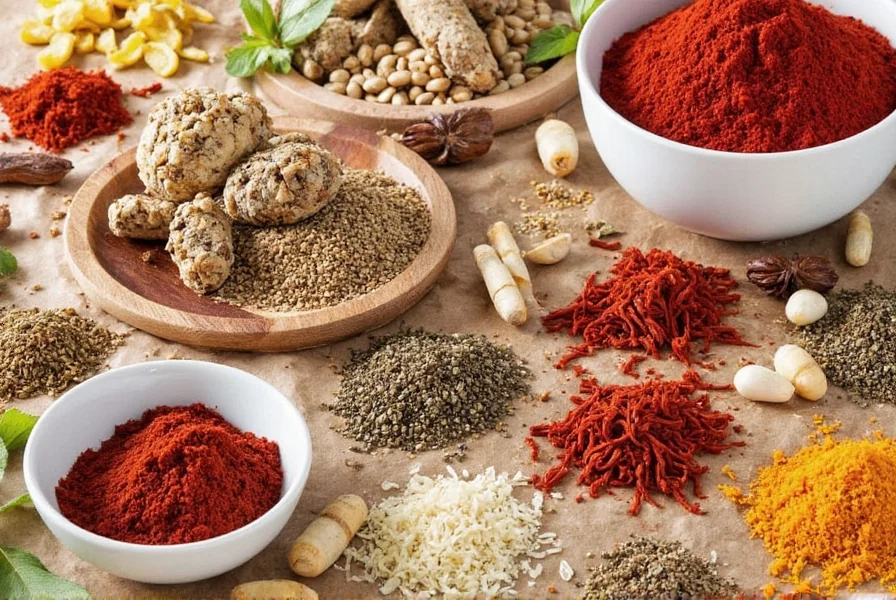
Top 5 Must-Try Cretan Spices
If you're ready to dive into the world of Cretan flavors, here are five essential spices and herbs that capture the essence of the island:
| Spice / Herb | Description | Flavor Profile | Best For |
|---|---|---|---|
| Diktamos (Origanum dictamnus) | A rare wild oregano native to Crete | Earthy, minty, slightly bitter | Grilled meats, stews, herbal teas |
| Cretan Oregano | More common than diktamos, but still intensely fragrant | Robust, peppery, floral | Pizza, pasta sauces, roasted vegetables |
| Fennel Seeds | Used in both sweet and savory dishes | Sweet licorice notes | Bread, fish dishes, liqueurs |
| Thyme | Abundant in Cretan forests and mountains | Warm, woody, aromatic | Stews, olive oil dips, roasts |
| Rosemary | Grows wildly near coastal areas | Pine-like, sharp, resinous | Roasted lamb, potatoes, breads |
Spice Pairing Made Simple: Cretan Style
One of the secrets of Cretan cooking is how the spices complement each other without overpowering the natural flavors of ingredients. Here are some classic pairings you can try at home:
- Diktamos + Olive Oil: Perfect for drizzling over grilled vegetables or fresh cheese.
- Cretan Oregano + Lemon: Brightens up seafood, especially octopus and squid.
- Fennel Seeds + Tomatoes: Adds depth to tomato-based sauces and soups.
- Thyme + Honey: Ideal for glazing roasted meats or making herbal syrups.
- Rosemary + Lamb: A classic combo that elevates slow-roasted or grilled lamb dishes.
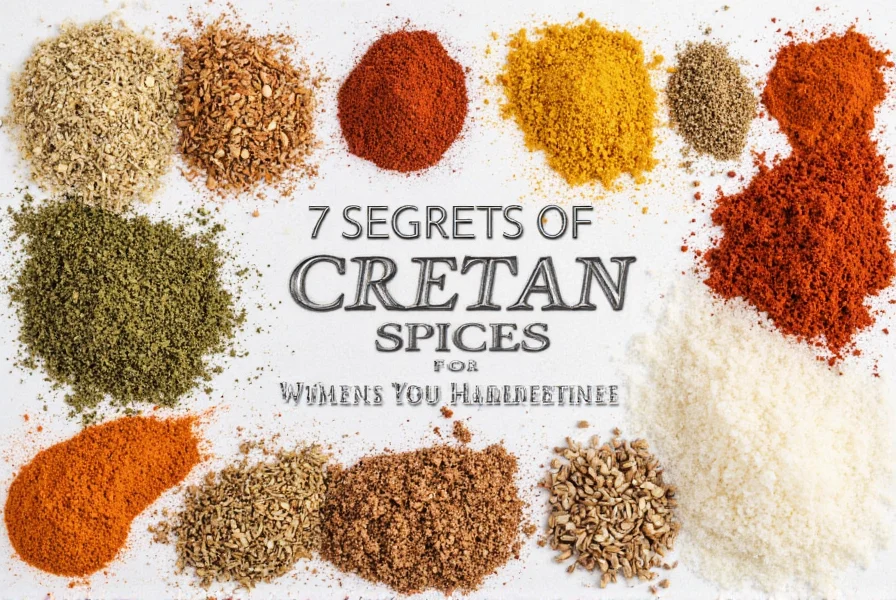
How to Store and Use Cretan Spices at Home
Whether you brought back a few precious sachets from your trip or ordered online, proper storage will help preserve the intense flavors of Cretan spices:
- Keep it dry: Moisture ruins dried herbs. Always store in sealed containers away from steam or humidity.
- Use dark glass jars: Light degrades the volatile oils in spices. Amber or cobalt bottles work best.
- Don’t keep them forever: Most dried herbs stay potent for about 1 year. After that, they lose aroma and punch.
- Add early for strong flavors: Herbs like thyme and rosemary benefit from long cooking times.
- Add late for freshness: Diktamos and delicate oregano are best sprinkled at the end of cooking.
Buying Guide: How to Choose Authentic Cretan Spices
With so many options out there, how do you know if you’re getting the real deal? Here's a quick guide to help you find authentic Cretan spices:
Look for These Labels and Certifications
- PDO (Protected Designation of Origin): Ensures the spice was grown and processed in Crete.
- Organic Certified: Indicates no synthetic pesticides or fertilizers were used.
- Hand-Harvested: Often a sign of better quality and care in processing.
Check the Source
- Local Greek Producers: Brands like Myrovivlio or Cretan Wild Herbs Co. offer premium products.
- Direct Imports: Some shops specialize in direct sourcing from small Cretan farms.
Watch Out for These Red Flags
- Vague Labeling: “Mediterranean mix” could mean anything.
- Too Cheap: Real Cretan spices require labor-intensive harvesting and drying.
- No Aroma: If it smells weak, it’s likely old or diluted.
Recommended Products
| Product | Features | Use Cases | Who Should Buy | When to Use |
|---|---|---|---|---|
| Cretan Diktamos (Cretan Saffron) | Hand-picked, sun-dried, aromatic | Meat rubs, herbal tea, marinades | Foodies, herbalists, gourmet cooks | Special occasions, gift-giving |
| Cretan Mountain Blend (Oregano + Thyme) | Natural mix, organic certified | Pasta, pizza, grilled veggies | Everyday cooks, pizza lovers | Weeknight dinners, casual meals |
| Fennel & Lemon Salt | Sea salt infused with fennel seeds and lemon zest | Fish seasoning, salad sprinkle | Seafood lovers, low-carb cooks | Light summer meals |
| Wild Rosemary Crumbles | Dried and crushed for easy use | Roasts, focaccia, butter sauces | Chef-style home cooks, bakers | Holiday roasts, weekend baking |
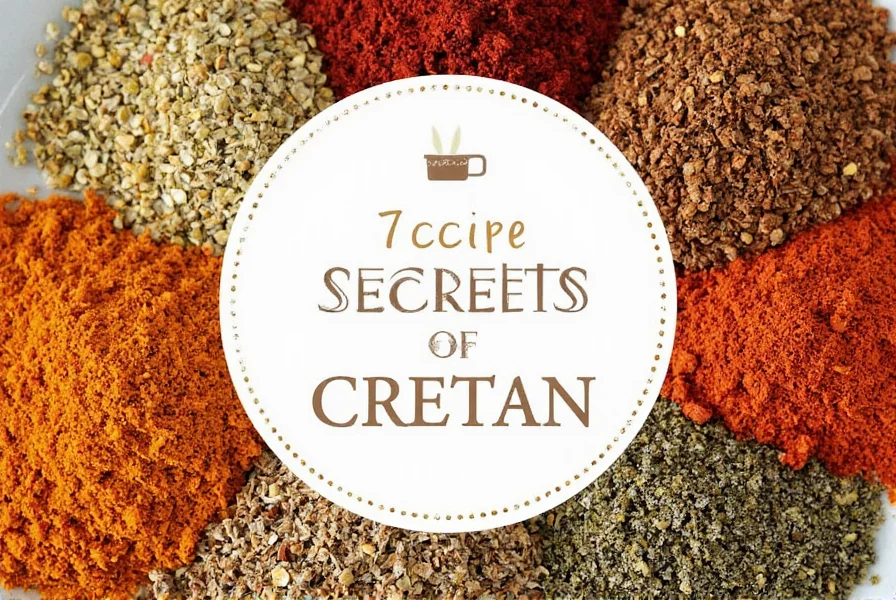
From Field to Fork: The Journey of Cretan Herbs
What makes Cretan spices so special isn't just their taste—it's the story behind each sprig. Harvesting often begins before sunrise, when the cool air locks in essential oils. Local farmers walk steep trails to gather wild herbs like diktamos and thyme by hand, respecting nature and tradition.
Once gathered, the herbs are carefully cleaned, bundled, and laid out under the hot Cretan sun to dry naturally. No artificial heat or chemicals involved—just time and patience. This method ensures the highest quality and most concentrated flavors possible.
Many families still pass down recipes and spice techniques through generations. You’ll find grandmothers mixing custom blends and artisans bottling small-batch oils infused with local herbs. It’s this dedication to craft that makes Cretan spices stand apart from the rest.
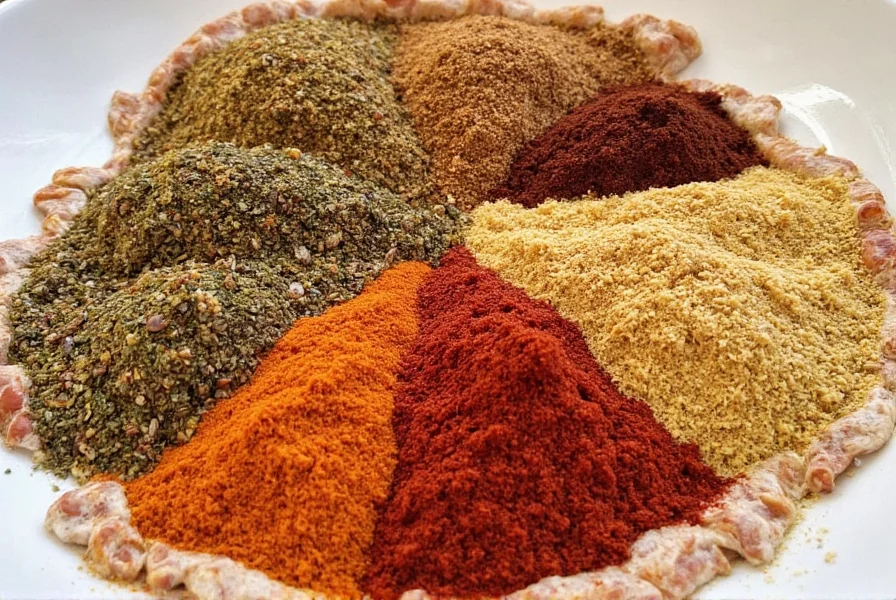
Final Thoughts
Cretan spices are more than just seasonings—they're a celebration of history, culture, and the vibrant flavors of the Mediterranean. Whether you're grilling up lamb chops or simply drizzling flavored oil on crusty bread, bringing a bit of Crete into your kitchen adds a touch of authenticity and adventure to every meal.
So next time you see those little jars labeled “Cretan herbs,” don’t just think of them as spices. Think of them as tiny bundles of sunshine from one of the world’s most flavorful islands. And remember—you're not just adding flavor, you're savoring a piece of the Mediterranean Sea itself.
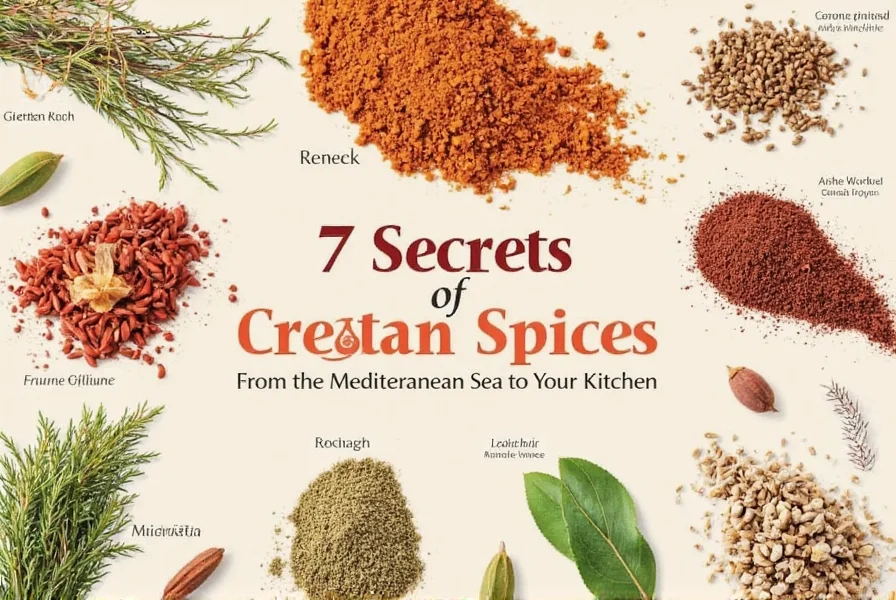

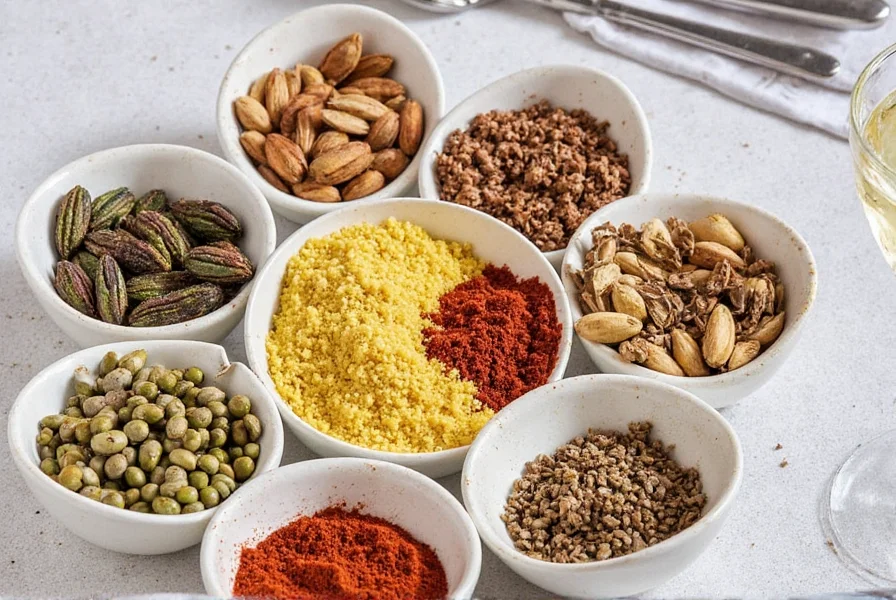









 浙公网安备
33010002000092号
浙公网安备
33010002000092号 浙B2-20120091-4
浙B2-20120091-4